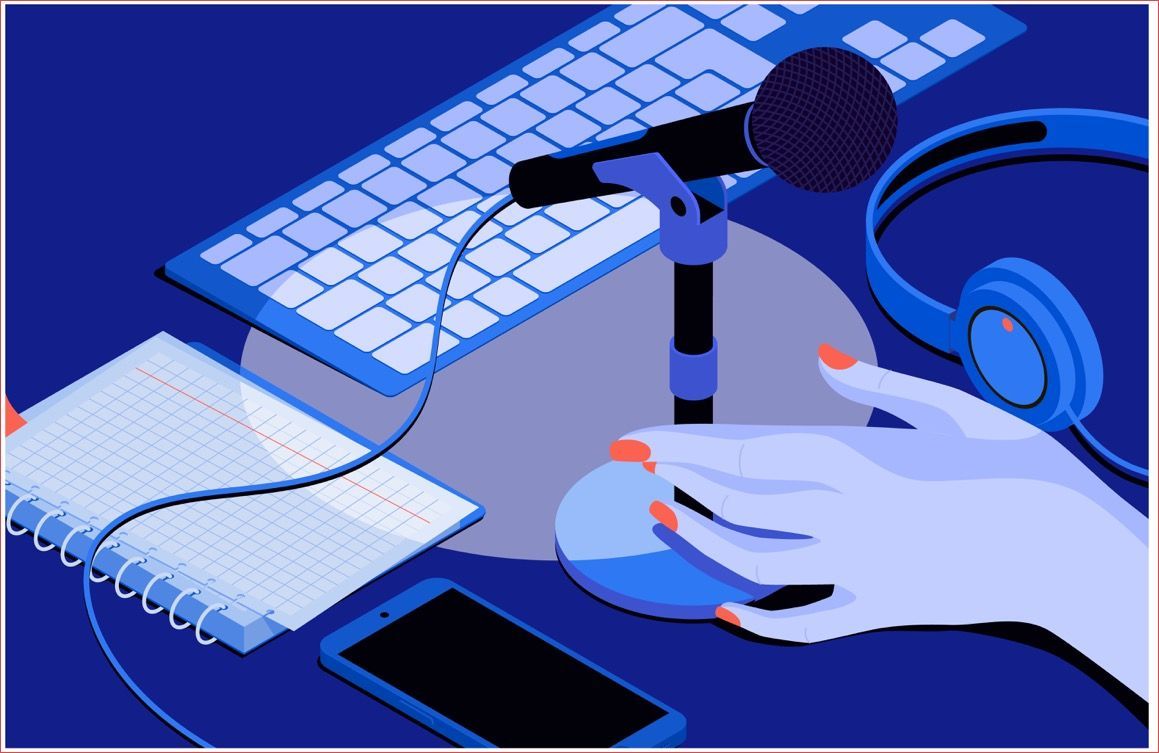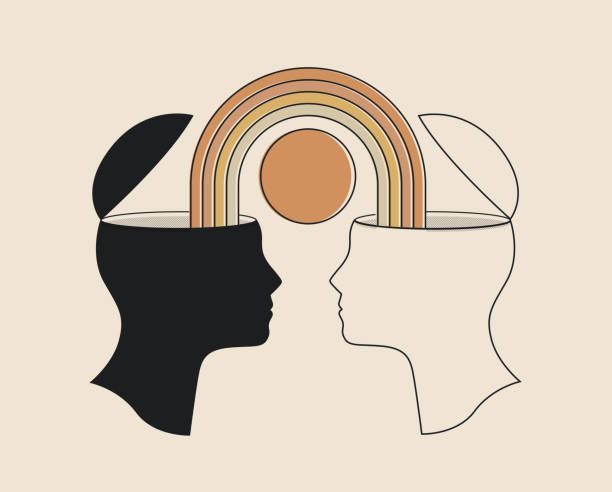Disengagement from Automated Voices
Ways AI Developers Can Avoid User Alienation
The relief I felt was palpable.
After weeks of hearing the automated voice in my new car-mounted backup camera system randomly (and with no prompting) saying: “OK. OK. OK. OK.”, I unplugged the jack in the rear-view mirror and not only did “she” stop – the entire camera was disabled.
And I couldn’t have been happier.
It was a Christmas gift from my husband – who felt a sense of relief when he put a rear-mounted camera in our daughter’s car and wanted that same feeling of relief if I was ever in a mishap and needed documented proof of wrongdoing.
So it pained me when I requested that he uninstall it, but I just felt that the technology was actually more intrusive than helpful. The endless “OK’s” were one thing; the swapping out of the live rear-view image to the camera image was startling and near-accident-causing.
But that voice. Piping up when I didn’t even want her to talk to me. Invading my world. Being trigged by *me* talking. Even being triggered by the radio. Highly irritating, and impractical.
Ironic, as I *am* an automated voice in many different applications.
You would think I would have a greater than average understanding and tolerance for automated voices in everyday applications; I should be more welcoming, more receptive to this “overseer” helping us.
If anything, I feel less connected to them, and tend to resist them more.
But what is it that causes users of voice-activated technology to disengage from – and actually feel hostile -- towards it? Is it the style of speech? The cadence? The accent? The attitude?
All of the above?
Or is it just the fact that it’s there: omnipresent, riding along in the background, observing, seeing all – and barging in, uninvited?
Automated voices are a little like salespeople for me: in a store, I don’t want to be followed around or pestered by them; I don’t want to hear about the in-store sale and I definitely don’t want to talked into anything. But when I need them: by God, they’d better be there.
The idea that technology is there to serve us, and that it acts as an efficient work-around to manually doing tasks is alluring and what initially captivated us all about home automation. “Hey Google: order us a pizza!” is far faster than logging onto the pizzeria website and manually placing your order. But if – after clearly articulating your pizza request – the automated voice either doesn’t reply OR replies with: “Sure. Same as last time? Full oil change and brake check?” Or, while you’re listening to a podcast and the voice barges in and asks: “Do you still wish to order that pizza?” That’s the moment. The moment when the technology is now more of a hindrance than a help. The moment where *we’re* working for the system instead of it working for *us*. Where the automation crosses a line and becomes too prevalent, instead of being on hold, at bay, in the background.
As for the style of speech/cadence/attitude: much has been done to capture voices which are helpful but not obsequious; efficient without being highly-strung, and casual without crossing a line into over-familiarity. Automated voices have made the full trip from robotic and cold to jokey and irreverent. It’s your choice as to what works for you.
Where I stand: they need to be on stand-down until I need them; they need to respond to my (very clear, professional) commands, they need to give me accurate information, and – most important of all – they should be natural without being another “person” in the room.
Tall order, I know.
The self-knowledge of when a technology works for you (and doesn’t); the realization that yelling commands repeatedly, ever louder and slower, is a sign that the technology is turning on you instead of working for you – will be the best lesson of our time.











